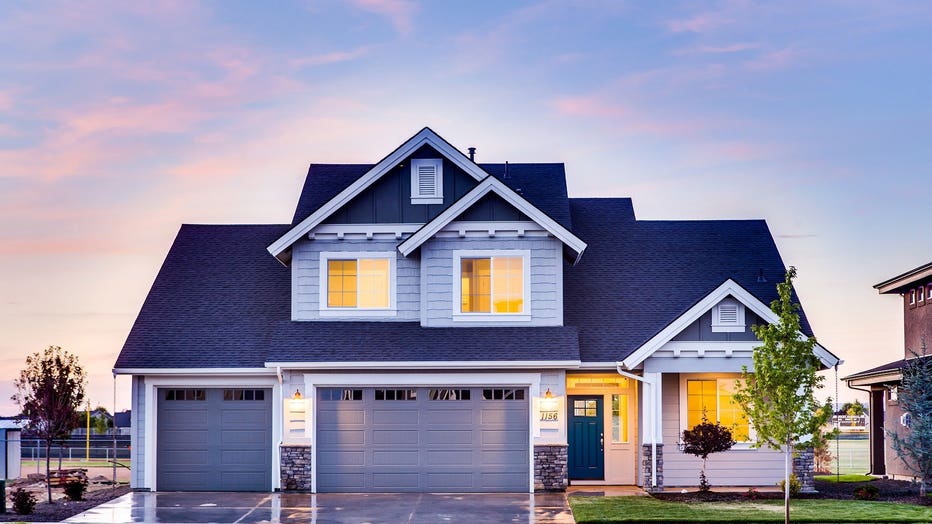Housing trends from the COVID-19 pandemic that won’t go away
Real estate trends from the pandemic that are here to stay
The COVID-19 pandemic will leave some lasting changes to our homes and how we live and work.
After more than a year of the greatest economic disaster since the Great Depression, virus hospitalizations and deaths are declining, restaurants and businesses are re-opening, and more than 54% of US adults are fully vaccinated.
Yet, most believe that life in America may never be the same, especially when it comes to housing, but FOX 5 real estate expert John Adams says there's some hope for home buyers everywhere.
Adams believes the world of residential real estate will eventually return to a more normal footing, with a reasonable balance between supply and demand.
But some of the changes to life at home will be lasting, causing long-term changes in the way we work and live.
Here are the three major trends that he predicts will become the norm as we inch toward a complete COVID recovery:
1. The work from home movement has succeeded beyond everyone’s wildest dreams. Fueled by breakthrough technology and widespread access to high-speed internet, employers have found that employees who work from home are often more satisfied with their job and more productive than when they were required to work in traditional office settings.
For reasons of cost, access, and productivity, the workplace will never be the same.

(Image by Pexels from Pixabay)
FULL CORONAVIRUS IN GEORGIA COVERAGE
2. Americans are living longer, more actively than ever before, and for better or worse, modern medicine has effectively doubled average life expectancy in the last 100 years. And scientists are predicting that children born since the year 2000 are very likely to live to be 100.
Healthcare aside, this lifetime extension will play out in our homes, where multi-generational households will become much more common. Demand for a "mother-in-law suite" and a "granny flat" is already influencing construction trends.
In addition, older Americans often have access to retirement funds or income, which can be used to supplement that of the younger occupants, making homeownership less challenging financially.
3. First-time homebuyers are worried that it’s getting harder rather than easier to grab hold of that bottom rung in the world of real estate. And they are right.
Even though the Fed has indicated that home loan rates are likely to remain low for the next 12 to 18 months, the fear is that home loan rates will jump in the near future as a way to slow an overheated economy.
As a result, Adams predicts a slowly declining rate of homeownership in the US over the next several years as today’s renters face the double whammy of higher prices and higher interest rates.
The oldest millennial is now 40, reaching peak earning age. This is the largest block of buyers ever to enter the market, exceeding the baby boomers of the earlier generations. Yet it’s hard to imagine real estate costing less in the future as we are experiencing subsidized interest rates as a way of stimulating our economy. Perhaps, it has worked too well.
The 1950’s world of "Leave It to Beaver" is no longer the norm in our world today. Instead, expect to live with Grandma in the basement, an office in the attic, and expect the family next door to be renting instead of owning like you.
WATCH: FOX 5 Atlanta live news coverage
_____
Sign up for FOX 5 email alerts
Download the FOX 5 Atlanta app for breaking news and weather alerts.

